About this park
Nestled within the Buccaneer Archipelago in the Kimberley region, the park is bordered by the Bardi Jawi Gaara Marine Park and Maiyalam Marine Park.
Mayala Sea Country is a haven for diverse marine life. The fringing marnany (reefs) around the many islands of the Buccaneer Archipelago, flourish in waters that experience Australia’s highest tidal range, reaching up to 11 meters.
Mangrove-lined creeks and noomool (seagrass) meadows provide crucial nursery areas for aarli (fish), while goorlil (turtles) are frequently spotted foraging and nesting in these waters. The Sea Country is a dynamic environment, continually transforming with the seasons and tides.
Every year, from June to November, miinimbi (humpback whales, Megaptera novaeangliae) migrate from the Antarctic feeding grounds to Mayala Sea Country and beyond, where they give birth to their young. During the cooler months from May to July, odorr (dugongs) also visit the marine park.
As you explore, we encourage you to observe the incredible wildlife while being careful not to interfere with the animals, their activities, or any natural features. Remember, all native animals in Western Australia are protected, so please act responsibly and respectfully.
Mayala Traditional Owners have exclusive possession Native Title rights over the islands. If you wish to visit the islands, please contact the MIAC - Mayala Inniinalang Aboriginal Corporation.
Safety information
Plan when to visit. Consider travelling with a personal location beacon (PLB). In the event you need to be rescued it could save your life!
Mayala Traditional Owners are concerned for the safety and wellbeing of visitors to their Country. The remote nature of the marine park, combined with the large intertidal areas, strong tides and currents, occurrence of Linygurra (estuarine crocodiles), extreme weather conditions including tropical cyclones, pose risks to visitors. This is particularly dangerous for visitors who may be inexperienced in, or unprepared for, such conditions.
It is recommended visitors do not swim, snorkel or dive in the marine park, due to the presence of crocodiles, sharks, stingers and strong tidal currents.
Linygurra (estuarine crocodiles) live in the marine park, inhabiting creeks, rivers, tidal areas, along beaches, offshore areas far from the coast, and in both fresh and salt water. There have been several attacks and injuries to people in the Kimberley, even in freshwater pools inland from the coast.
Both the estuarine (saltwater) crocodile and the freshwater crocodile (Johnston’s crocodile) are Specially Protected under the Biodiversity Conservation Act 2016. It is an offence to interfere, lure or feed crocodiles.
If your vessel is approached by a crocodile, take immediate action to move away from the animal and maintain a safe separation distance.
If you observe a crocodile demonstrating dangerous behaviour, or people interfering with crocodiles, please report details to Parks and Wildlife Service Broome on (08) 9195 5500.
Gallery

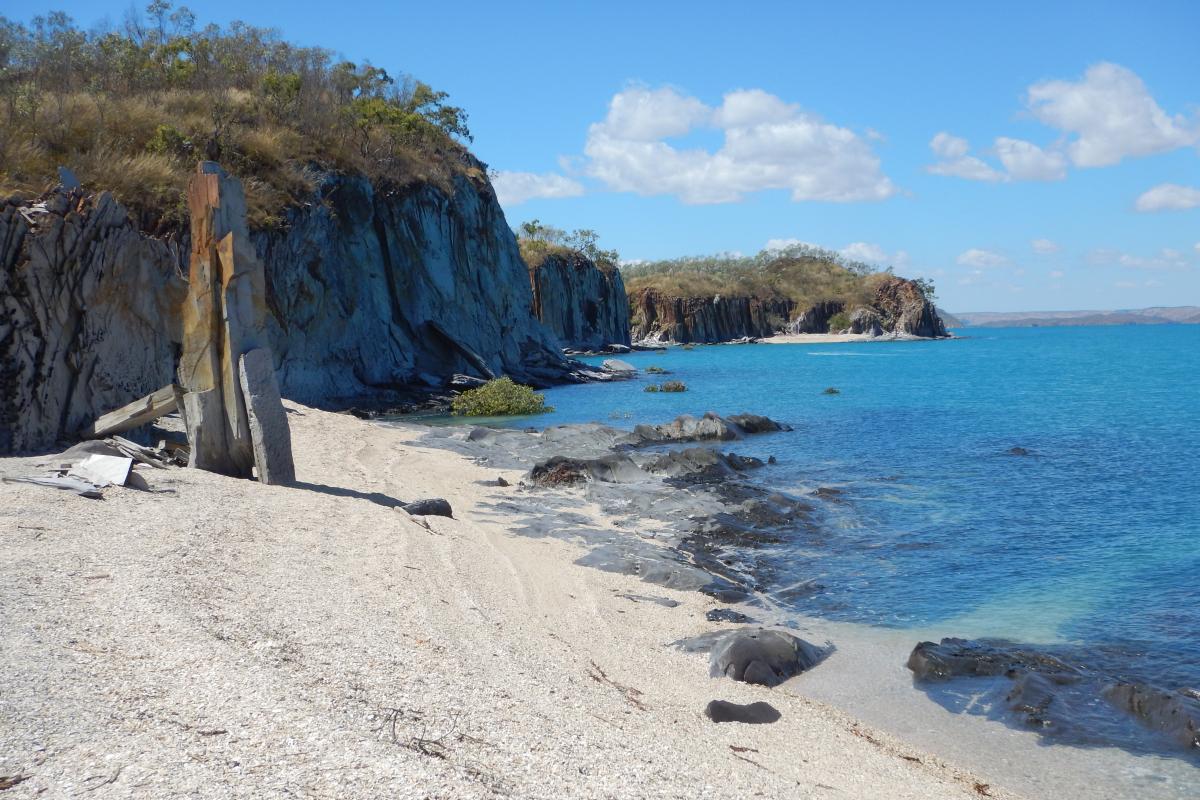
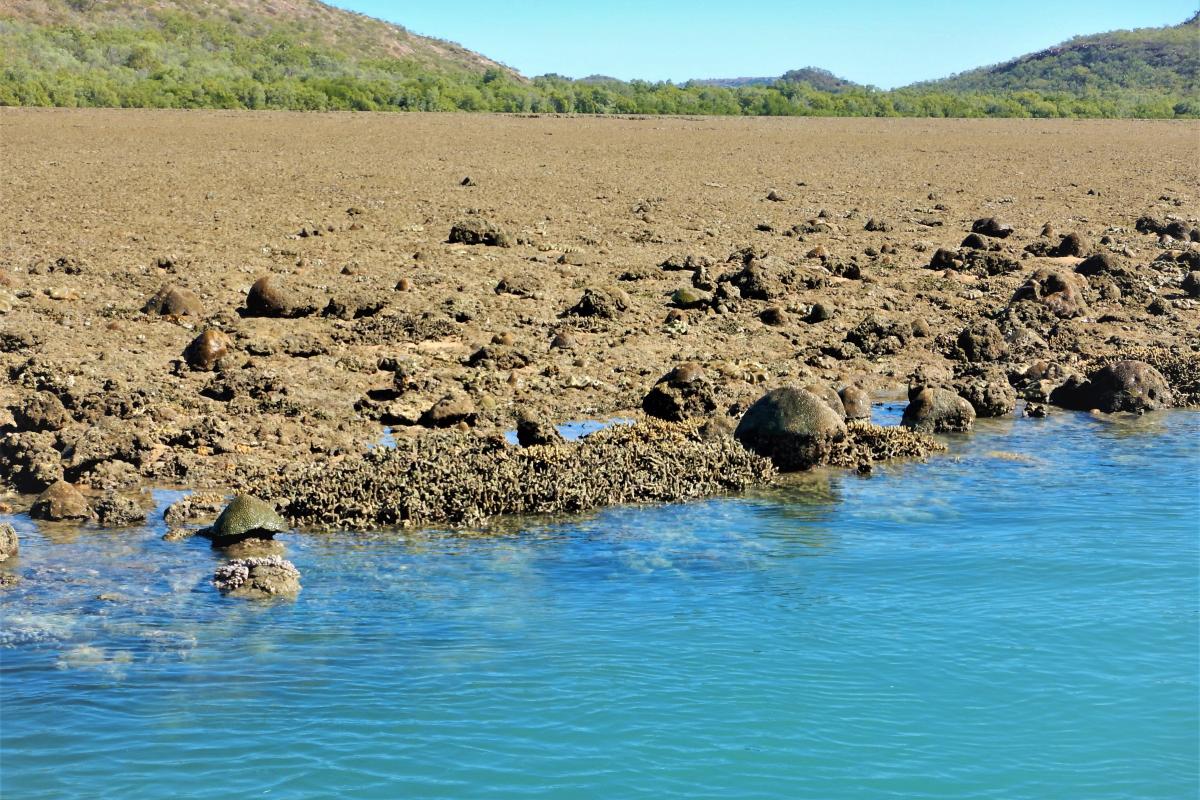
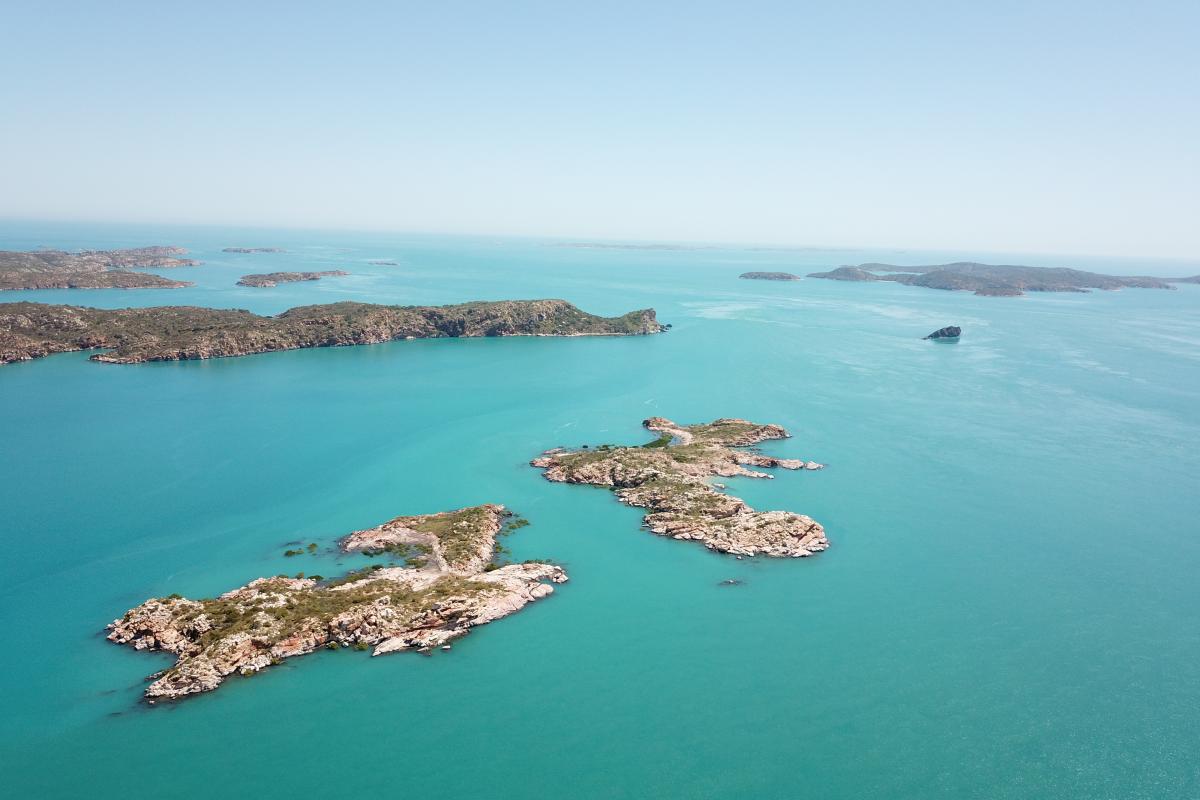

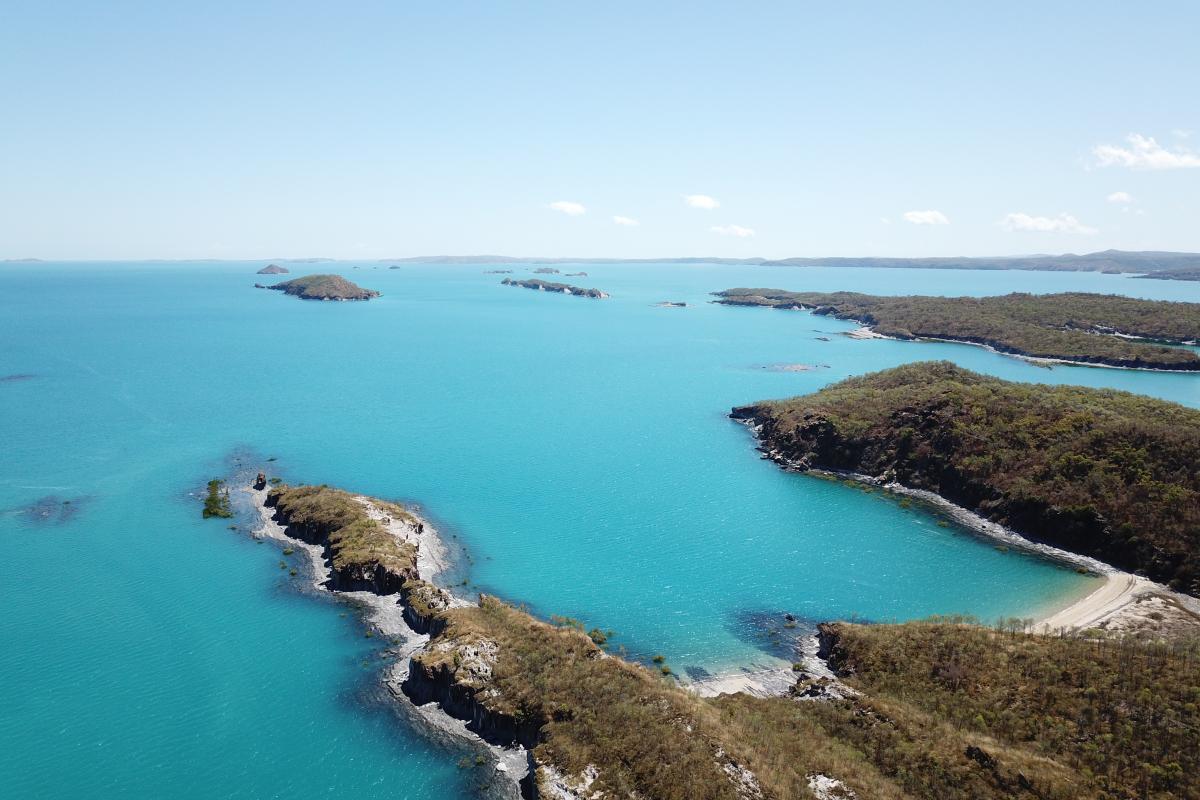
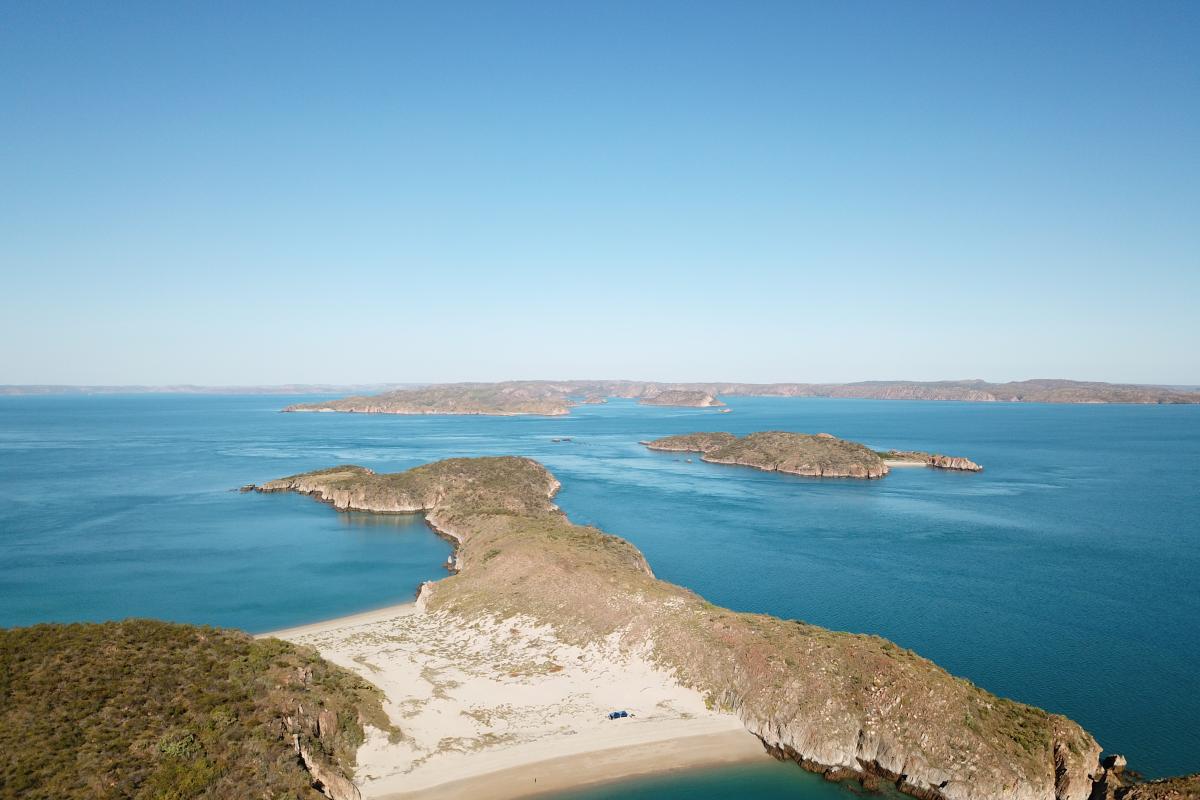

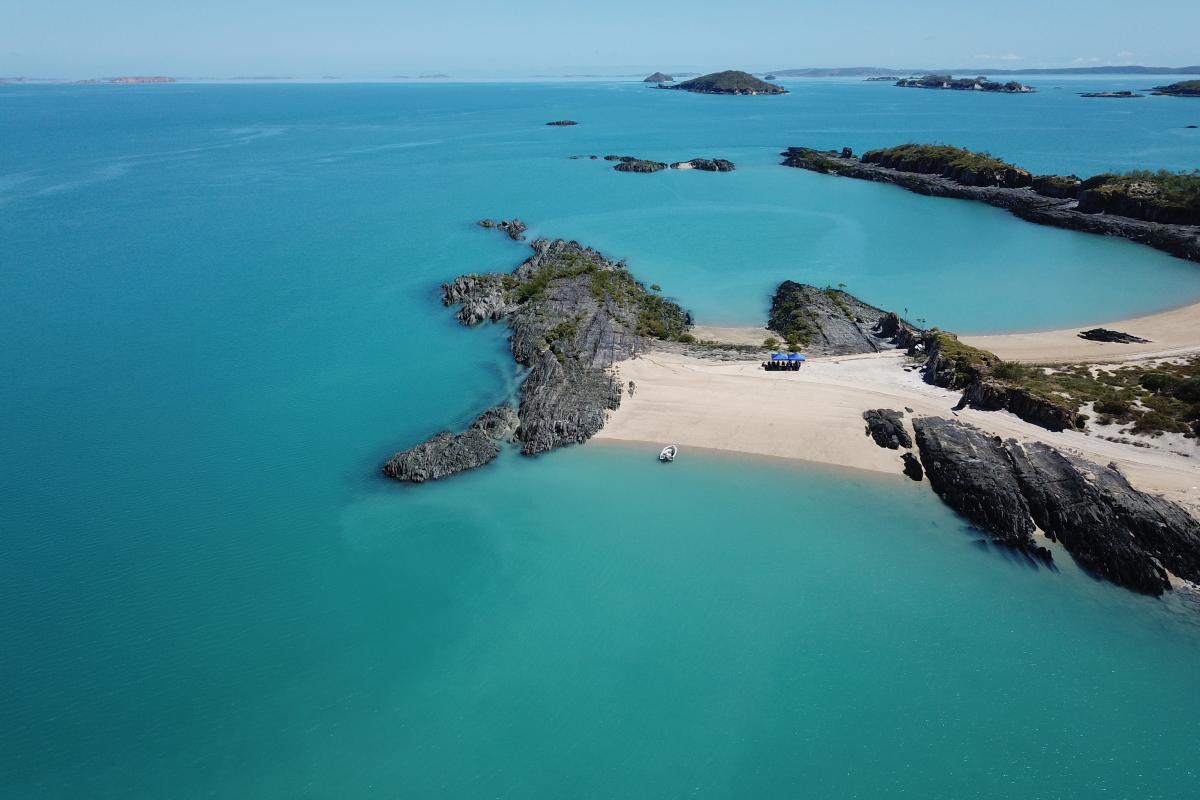

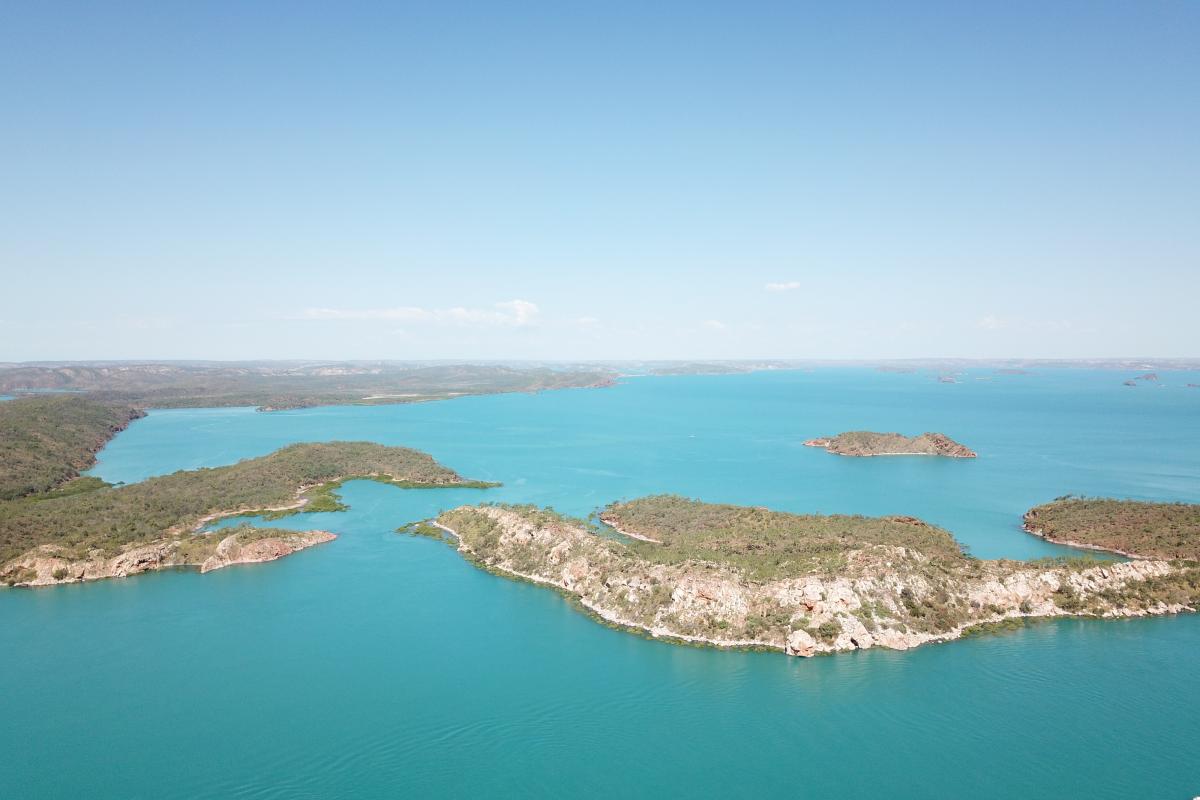
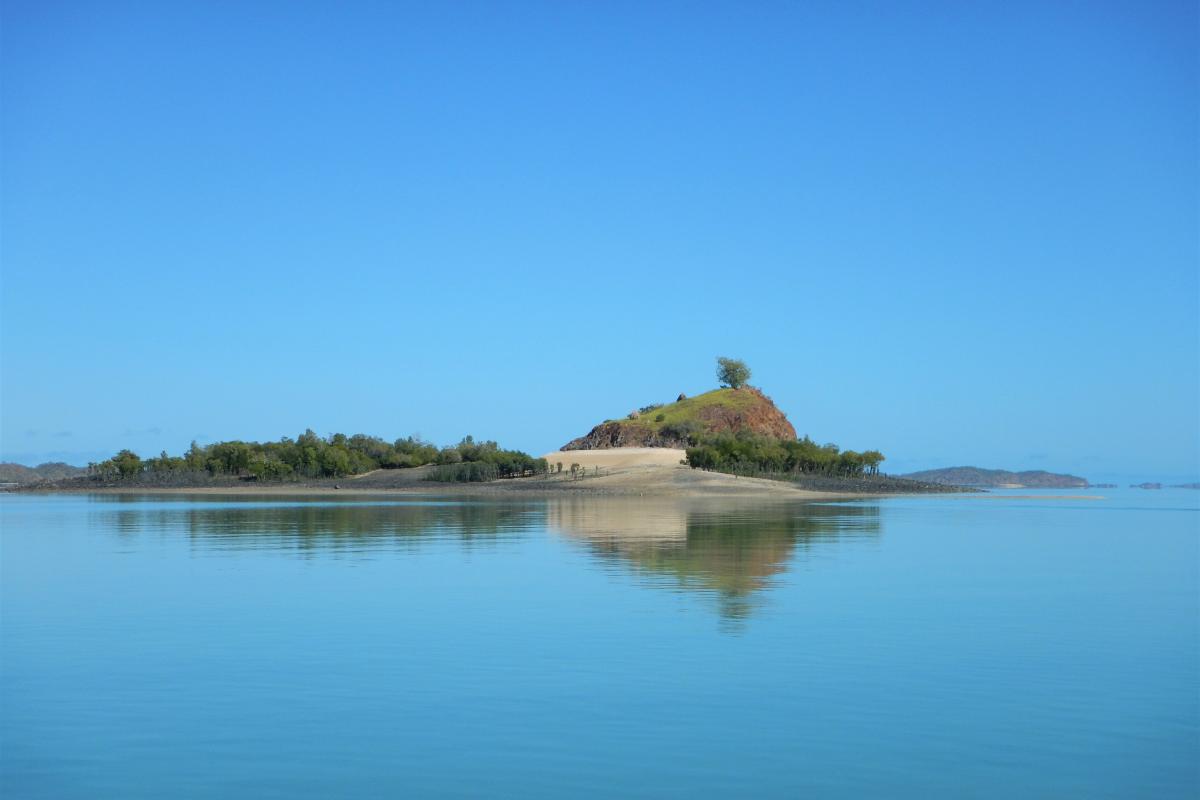
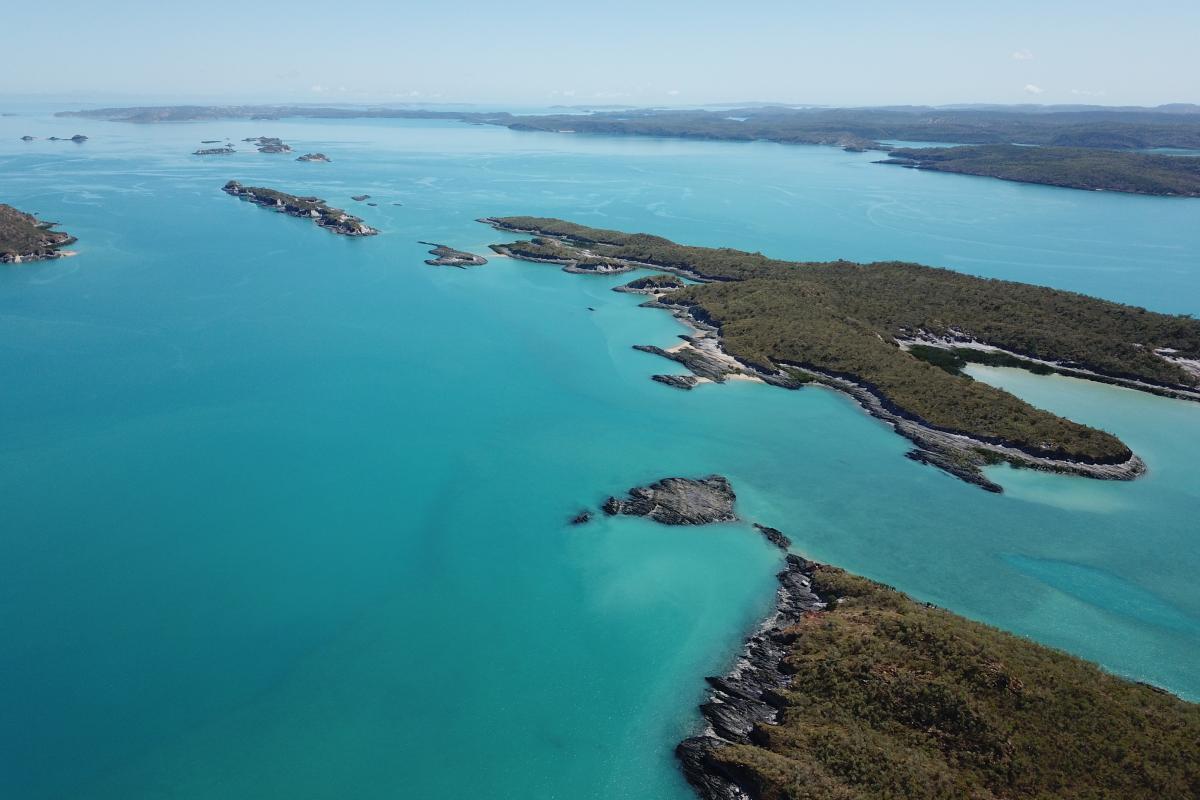
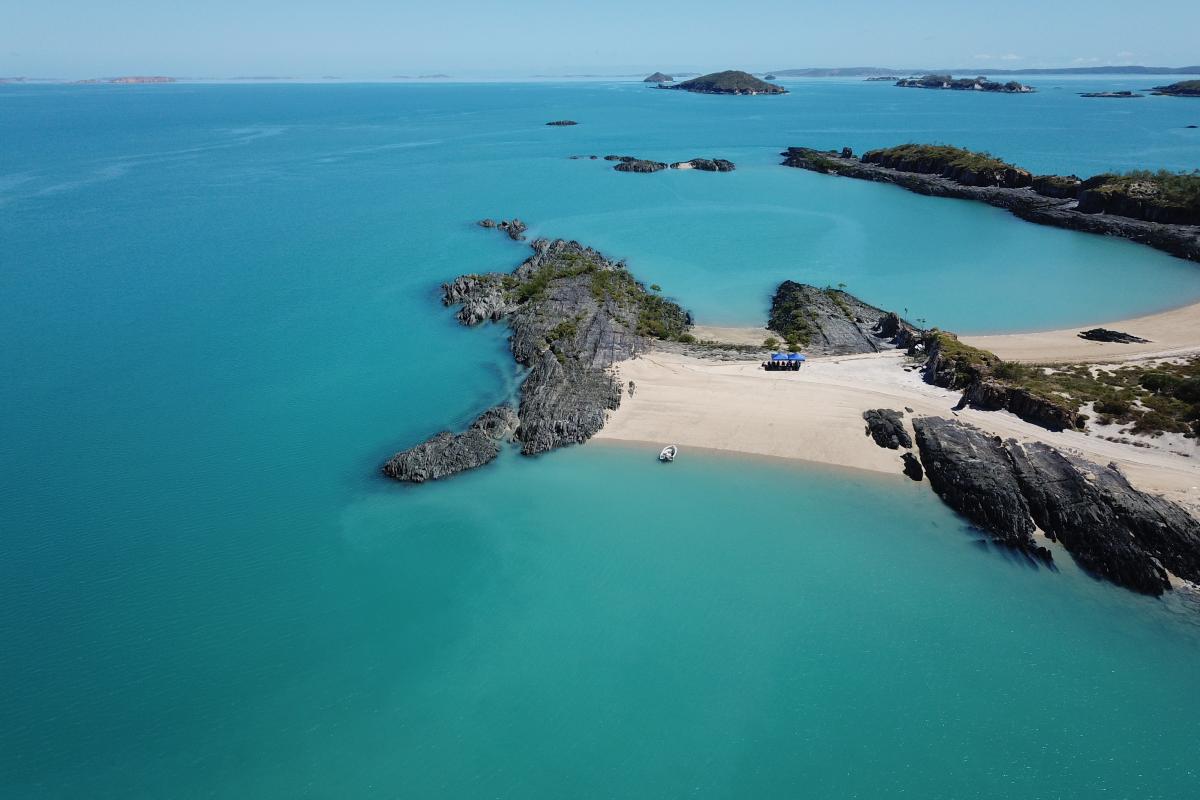
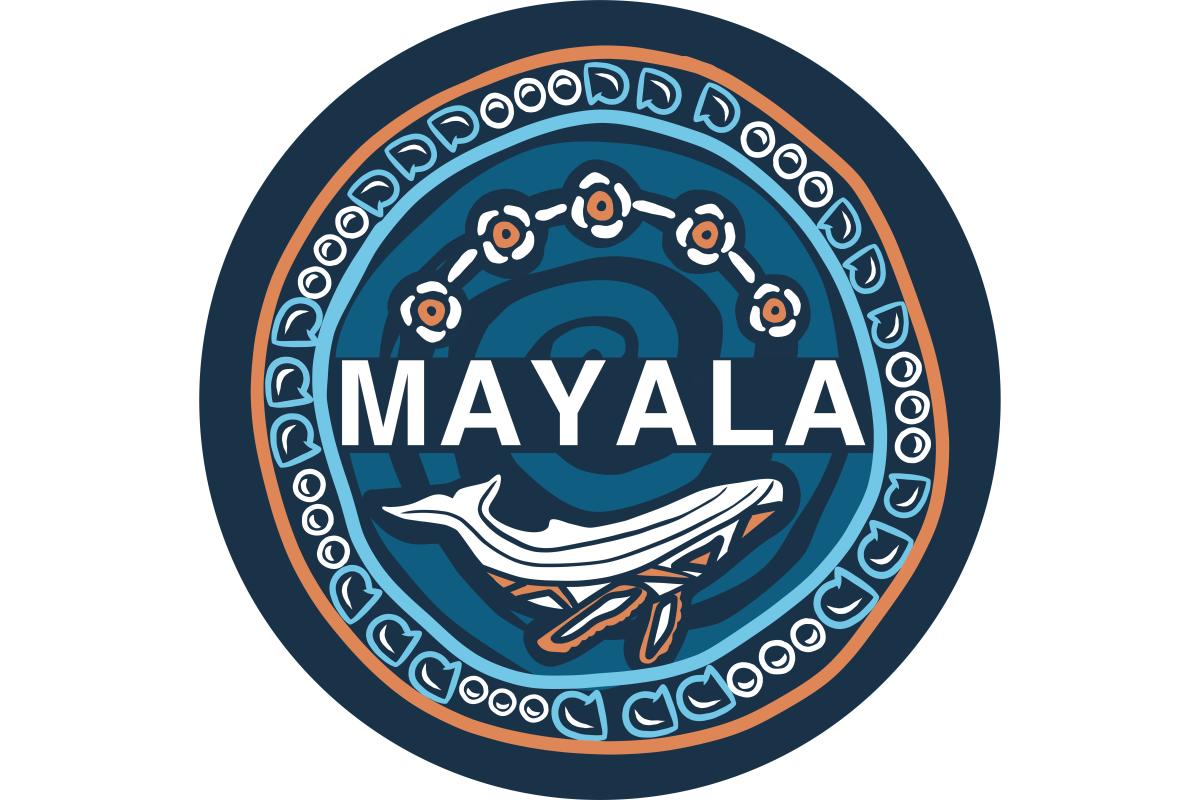
Welcoming you to Mayala Country
You are welcome to Mayala Country but it is important to Mayala Traditional Owners that visitors ask first. Read more about visiting Mayala Country.
Activities
 Bird watching
Bird watching
 Boating
Boating
 Canoeing and kayaking
Canoeing and kayaking
 Fishing
Fishing
Recreational fishing is allowed in all zones except sanctuary zone and special purpose zone (cultural protection zone). Recreational fishing in the cultural protection zone is only permitted as part of a licensed tourism operation. Additional regulations on recreational fishing are likely to occur in special purpose zone (biocultural conservation). Statewide recreational fishing rules apply. For the most up-to-date rules and regulations please visit www.fish.wa.gov.au
Download the free Recfishwest app to access marine park maps and other info. This app can be used offline once downloaded.
 Nature photography
Nature photography
Plants, wildlife and fungi
Visit the Atlas of Living Australia for a list of species recorded in Mayala Marine Park.
Traditional Owners
We recognise and acknowledge Mayala people as the Traditional Owners of Mayala Marine Park.
